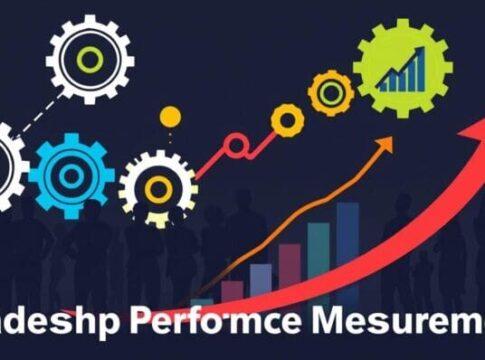While courage, confidence, empathy, and integrity are often celebrated as quintessential leadership traits, Paul Thornton argues that these attributes alone are not enough. In his seminal work, The Leadership Process, Thornton underscores the importance of a structured approach to driving organizational change. Here, we explore the four pivotal steps leaders should adopt to enhance their effectiveness in transforming their organizations.
Step 1: Diagnose the Situation
Much like a physician diagnosing a patient, leaders must thoroughly understand the dynamics of their environment. This involves recognizing what’s working well, identifying the biggest challenges, and interpreting key performance data. Thornton emphasizes the value of appreciating the quality and quantity of outputs while gauging the morale and emotions of team members.
Central to this process is the principle of involving a diverse array of voices. Great leaders solicit input from a wide range of stakeholders, including customers, employees, and industry experts, providing a comprehensive perspective. However, not all leaders excel in this area. Some may overly rely on a few trusted voices or make decisions in isolation. The key question is: Are you tapping into the right mix of inputs for a well-rounded perspective?
Step 2: Identify Opportunities for Improvement
Opportunities for growth often require deep exploration. Leaders should engage in customer and employee interviews, benchmark against competitors, and attend industry conferences. Thornton illustrates this with an example of a hotel handling complaints about slow elevators. A simple reframing of the problem led to an innovative solution involving mirrors, which significantly improved guest satisfaction.
Involving others in brainstorming sessions can uncover fresh insights. After identifying potential improvements, prioritizing the ideas is crucial. Attempting to tackle too much at once can dilute efforts and hinder progress.
Step 3: Present Your Message
Effective leaders, much like entrepreneurs on TV’s *Shark Tank*, must communicate their ideas clearly and convincingly. Thornton notes that many leaders struggle to articulate their vision due to complexity, excessive data, or uninspiring delivery. Testing messages through dry runs with small groups can provide valuable feedback, allowing leaders to refine and enhance their presentations.
Could your message benefit from more rigorous practice and input from diverse sources?
Step 4: Plan and Implement
Successful change requires meticulous planning and execution. This involves collaborating with stakeholders, defining specific actions, and establishing clear metrics to track progress. Leaders must ensure their teams have the necessary skills and motivation to embrace the change, through training, mentoring, and incentive programs.
Implementation is often unpredictable, requiring flexibility and adaptability. Leaders play a critical role in monitoring progress, holding teams accountable, and communicating effectively. Thornton advocates for pilot programs to identify potential issues before wider implementation.
By integrating both strong leadership traits and a well-defined process, leaders can facilitate sustainable change and achieve lasting success. As Thornton suggests, involving the right people at each step is essential to transforming vision into reality.


